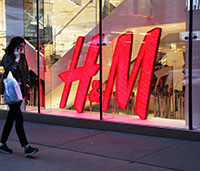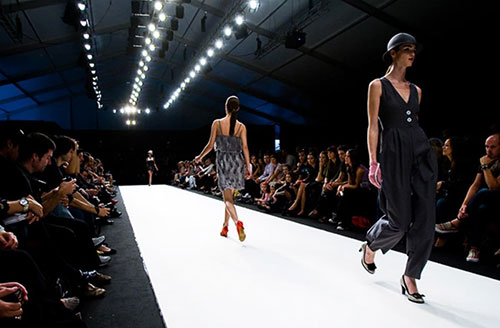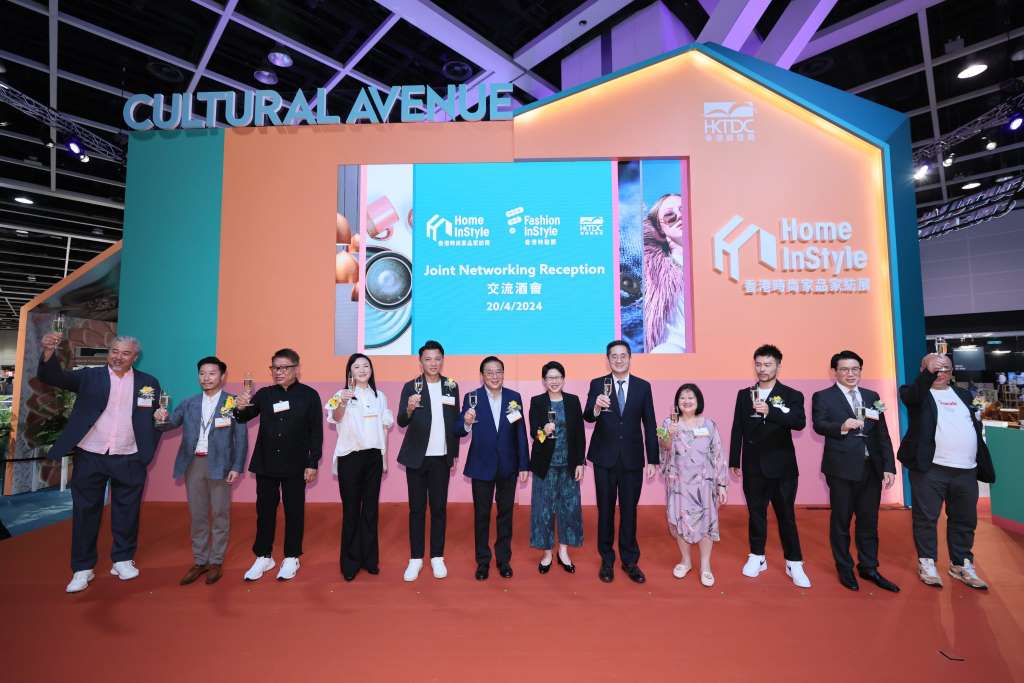 Fast fashion is increasingly becoming disposable fashion as consumers are discarding their clothes after only one use. In the UK alone, consumers throw away over 300,000 tons of clothing every year. And part of the problem is over-production of clothing that is never sold. A power plant in Sweden recently switched to H&M clothing instead of coal to generate energy. In 2017, the power plant incinerated 15 tons of H&M products. Contrast this with luxe brand Burberry which burned around $37 million in clothing sometime ago to avoid selling it at a discount.
Fast fashion is increasingly becoming disposable fashion as consumers are discarding their clothes after only one use. In the UK alone, consumers throw away over 300,000 tons of clothing every year. And part of the problem is over-production of clothing that is never sold. A power plant in Sweden recently switched to H&M clothing instead of coal to generate energy. In 2017, the power plant incinerated 15 tons of H&M products. Contrast this with luxe brand Burberry which burned around $37 million in clothing sometime ago to avoid selling it at a discount.
Use of organic fibers on the rise
Taking eco-friendly revolution to a new level, brands are using non GMO soy clothing, organic linen fiber, and Lyocell fiber to make clothes. Rising demand for such clothes is also fuelling the rise of new startups. A recent example is Alternative Apparel acquired by major clothing maker Hanes in 2017. The label ensures sustainability through the use of organic cotton, recycled polyester and plastic bottles for the creation of eco-fabrics, non-toxic, gentle dyes and water-conserving washes. It also uses organic packaging, which saves 2,100 trees, 860,000 gallons of water, 120 tons of carbon dioxide and 400 cubic yards of landfill every year.
Lyocell fiber to make clothes. Rising demand for such clothes is also fuelling the rise of new startups. A recent example is Alternative Apparel acquired by major clothing maker Hanes in 2017. The label ensures sustainability through the use of organic cotton, recycled polyester and plastic bottles for the creation of eco-fabrics, non-toxic, gentle dyes and water-conserving washes. It also uses organic packaging, which saves 2,100 trees, 860,000 gallons of water, 120 tons of carbon dioxide and 400 cubic yards of landfill every year.
New apps for reinventing distribution
Along with manufacturing, distribution of clothes is also being reinvented with new modes emerging. For instance, Stitch Fix introduced a new data-driven app that enables consumers to buy clothes and keep them for about a week before returning them. Banking on American demand to remain fashionable with minimum waste, the startup is trying to create a sustainable niche for itself in the market. Besides its own, it is also pushing over 1,000 other brands and earned over $366 million in the first quarter of 2019.
With upcycling becoming the new buzzword, demand for digital second-hand stores with a twist is also increasing. A well-curated thrift store, thredUP sells everything from dresses and coats to handbags and other accessories on the simple premise of waste-not, want-not.












